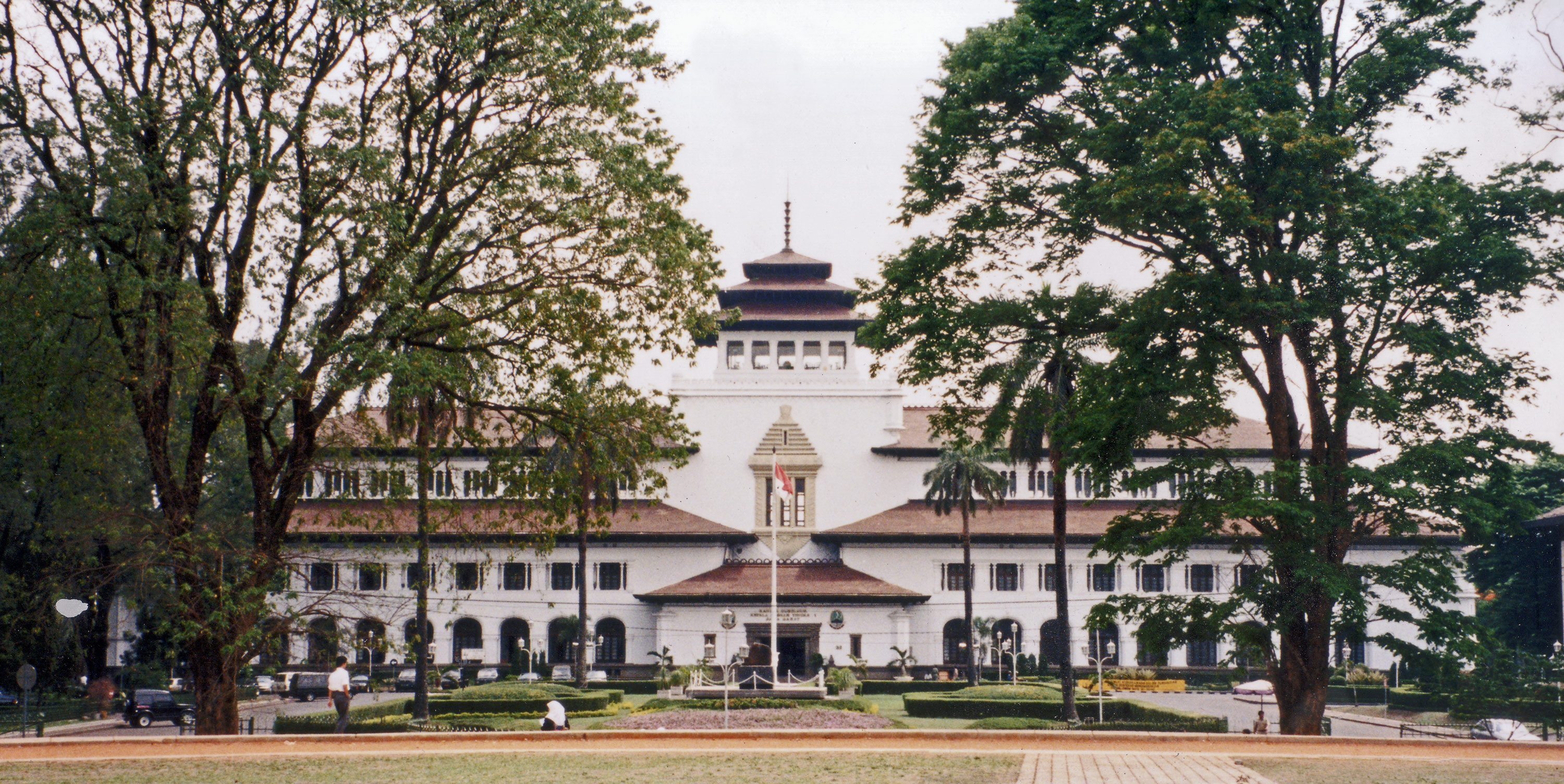|
Textile Museum (Jakarta)
The Textile Museum ( id, Museum Tekstil) is a museum in Palmerah, West Jakarta, Indonesia. The museum houses a collection of textiles from various islands in Indonesia. History The Textile Museum building was constructed in the early 19th century. Initially it was a private house of a Frenchman. The building was later sold to Abdul Aziz Al Mussawi al Musa Khadim, a Turkish consul for Batavia. In 1942, the building was sold again to Karel Cristian Cruq. The building had been used as the headquarters of ''Barisan Keamanan Rakyat'' ("Front of People's Safety") during the struggle for independence period. In 1947 it was owned by Lie Sion Phin who rented it to the Department of Social Affairs which modified it into an institution for elderly people. Afterwards the building was handed over to the city's government. On July 28, 1976, it was inaugurated as the Textile Museum by Madame Tien Soeharto. Collections The textile museum exhibits many kinds of Indonesian traditional wea ... [...More Info...] [...Related Items...] OR: [Wikipedia] [Google] [Baidu] |
West Jakarta
West Jakarta ( bew, Jakarte Bekulon; id, Jakarta Barat) is one of the five administrative cities of the Special Capital Region of Jakarta, Indonesia. West Jakarta is not self-governed and does not have a city council, hence it is not classified as a proper municipality. It had a population of 2,281,945 at the 2010 Census and 2,434,511 at the 2020 Census. The administrative center of West Jakarta is at Puri Kembangan. West Jakarta is bordered by Tangerang Regency and North Jakarta to the north, Central Jakarta to the east, South Jakarta to the south, and Tangerang city to the west. History West Jakarta is famous for its Dutch colonial relics such as Town Hall Building (now Jakarta History Museum in Jakarta Old Town), Chinatown (Glodok) and also a number of old churches, mosques, and fortresses of early Dutch colonization in Batavia at that time. Districts West Jakarta is subdivided into eight districts (''kecamatan''), listed below with their areas and their population ... [...More Info...] [...Related Items...] OR: [Wikipedia] [Google] [Baidu] |
Colonial Architecture Of Indonesia
The colonial architecture of Indonesia refers to the buildings that were created across Indonesia during the Dutch colonial period, during that time, this region was known as the Dutch East Indies. These types of colonial era structures are more prevalent in Java and Sumatra, as those islands were considered more economically significant during the Dutch imperial period. As a result of this, there is a large number of well preserved colonial era buildings that are still densely concentrated within Indonesian cities in Java and Sumatra to this day. In the rest of the archipelago, there is also a sizeable amount of old Dutch East India Company (VOC) era forts and warehouses that were built during the Dutch colonial period of Indonesia, particularly around the Maluku Islands and Sulawesi, though these tend to be more scattered about and in less dense concentrations compared to those found on Java and Sumatra. The three styles of colonial architecture in Indonesia are: * Old Indies ... [...More Info...] [...Related Items...] OR: [Wikipedia] [Google] [Baidu] |
Art Museums And Galleries In Indonesia
Art is a diverse range of human activity, and resulting product, that involves creative or imaginative talent expressive of technical proficiency, beauty, emotional power, or conceptual ideas. There is no generally agreed definition of what constitutes art, and its interpretation has varied greatly throughout history and across cultures. In the Western tradition, the three classical branches of visual art are painting, sculpture, and architecture. Theatre, dance, and other performing arts, as well as literature, music, film and other media such as interactive media, are included in a broader definition of the arts. Until the 17th century, ''art'' referred to any skill or mastery and was not differentiated from crafts or sciences. In modern usage after the 17th century, where aesthetic considerations are paramount, the fine arts are separated and distinguished from acquired skills in general, such as the decorative or applied arts. The nature of art and related concepts, ... [...More Info...] [...Related Items...] OR: [Wikipedia] [Google] [Baidu] |

